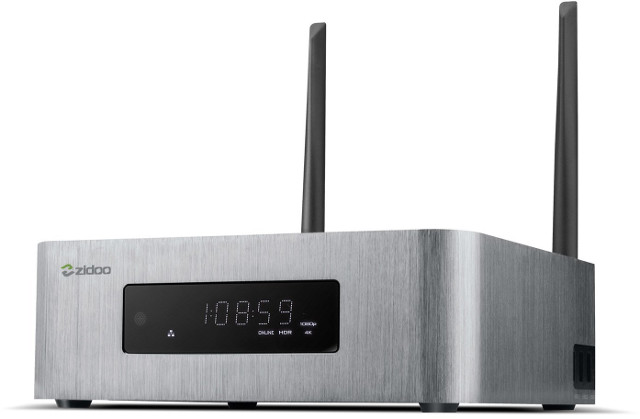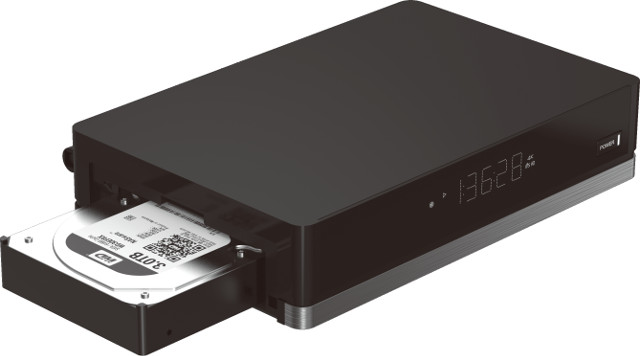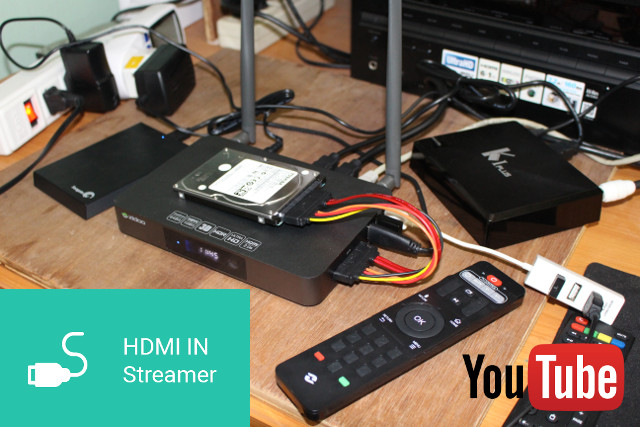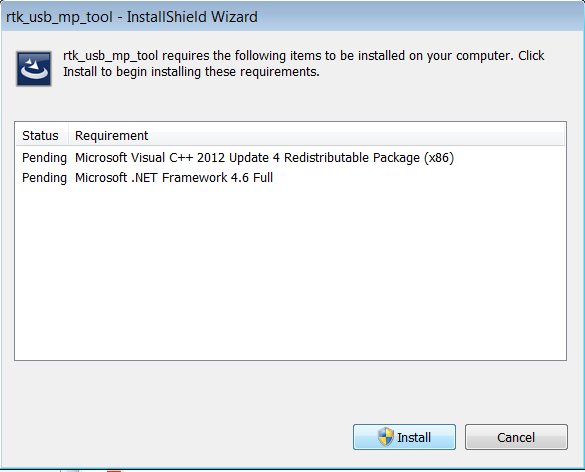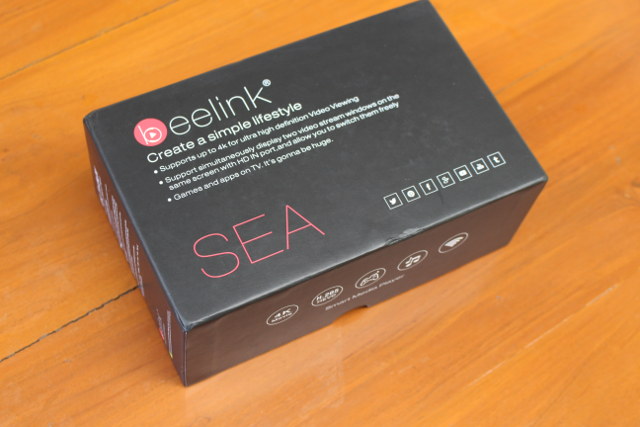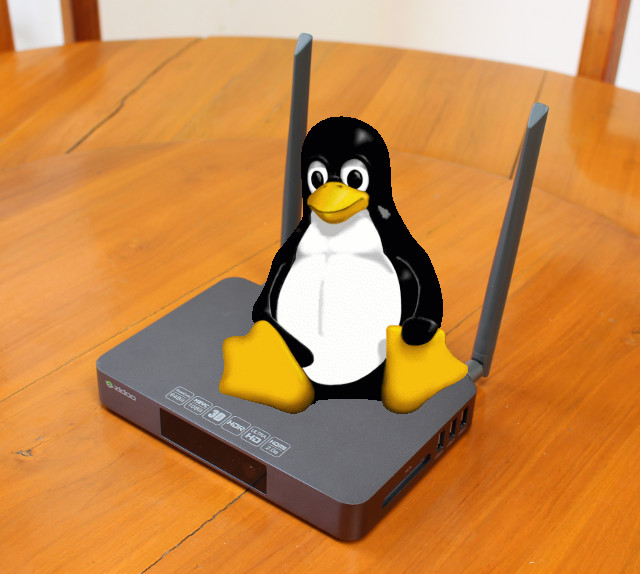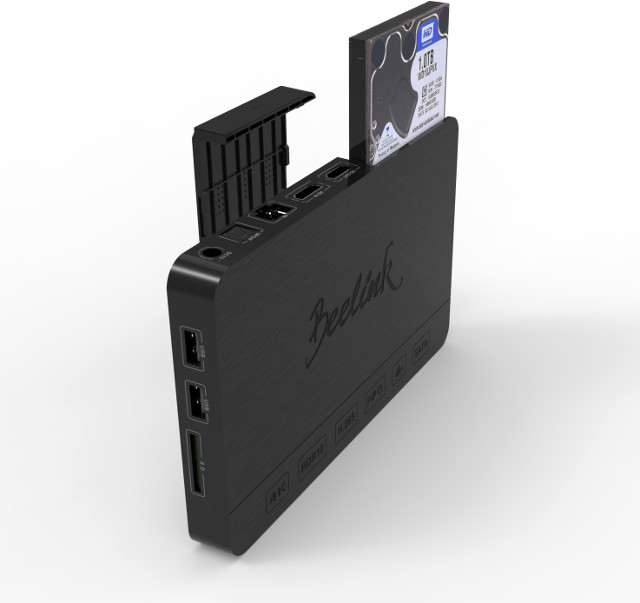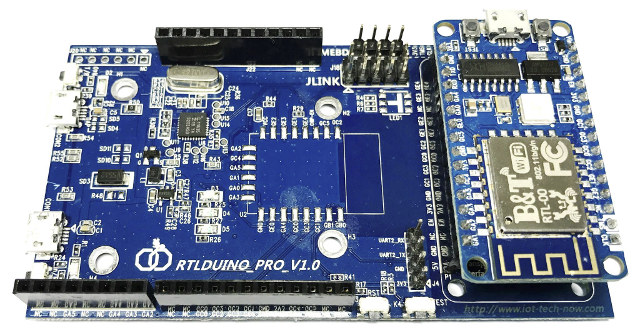Zidoo has sold two TV boxes based on Realtek RTD1295 so far with Zidoo X9S and Zidoo X8, and the company has done a pretty good job based on my review of Zidoo X9S. Both models run Android 6.0 with HDMI input recording and broadcasting functions, as well as OpenWrt for NAS functions, with X8 model relying on USB 3.0 storage, and X9S adding an external SATA port. It would be nice to have a model with an internal SATA bay, and it’s exactly what Zidoo X10 brings to the table. Zidoo X10 specifications with highlights in bold showing differences with Zidoo X9S: SoC – Realtek RTD1295 quad core Cortex A53 processor with ARM Mali-T820 MP3 GPU System Memory – 2GB DDR3 Storage – 16GB eMMC flash + micro SD slot up to 32GB + SATA 3.0 bay for 3.5″ hard drives Video I/O – HDMI 2.0a output up to […]
MeLE V9 4K Android TV Box Comes with a 3.5″ SATA Slot, a Cooling Fan
We’ve seen several devices based on Realtek RTD1295 processor. They all come with a SATA interface, either via an external connector like Zidoo X9S, a 2.5″ SATA bay like Beelink SEA I, or a 3.5″ SATA bay as found in Eweat R9 Plus. However, all those devices are fanless, and at least one person expressed concerns when using a device with an internal hard drive without active cooling. MeLE V9 fills that gap, as the RTD1295 TV box features a 3.5″ SATA slot and an active fan for cooling both the device and the hard drive. MeLE V9 specifications: SoC – Realtek RTD1295 quad core Cortex A53 processor with ARM Mali-T820 MP3 GPU System Memory – 2GB DDR3 Storage – 16GB eMMC flash + 3.5″ SATA slot + SD/SDXC card slot Video I/O – HDMI 2.0a output up to 4K @ 60 Hz with 10-bit HDR support, AV port, and […]
Instreamer App Streams Zidoo X8/X9S/X10 HDMI Video Input to YouTube Live / RTMP Servers with FFmpeg
Zidoo X8, X9S and the upcoming X10, are TV boxes powered by Realtek RTD1295 processor with an HDMI input. The stock firmware already supports UDP broadcasting, but robbi5 decided he needed more, and designed Instreamer “HDMI IN Streamer” app leveraging work from Danman’s ZidoStream app for Mstar TV boxes and Zidoo’s own VideoAndHdmiIN app. Instreamer app supports the following: Streaming as MPEG-TS to network (unicast/multicast) Streaming in FLV format to RTMP server (e.g. Youtube) No need for intermediate recording file – thus no length limit Streaming runs in background HDMI out is usable as pass-through That looks good. Installation is easy. Download and install the latest Instreamer APK release Download and extract FFmpeg Android binaries to /mnt/sdcard You’ll be able to adjust a few video and audio settings after launching the app (not tested as I don’t have X9S anymore). You can now start a terminal, and stream HDMI input […]
How to Reinstall Android Firmware on Realtek RTD1295 TV Boxes
I started playing with Beelink SEA I TV box nearly two weeks ago, but I soon realized there was a big problem, while I could get an IP address with both Ethernet or WiFi, I could not access Internet, nor the local network with the box, and even ping would not work. So I contact Beelink to find a solution, and they believed I may have a problem with the firmware on my box, and recommended to re-flash it. Great. I asked the firmware, and the company eventually provided me with two files: SEAI_101M0_32G_20170225.img (password: 879y) SEAI_101M0_16G_20170225.img (password: 2js2) Those are baidu link which may be slow to download outside of China, so the company also provided a mirror later. The customer representative told me those were “Lines brushes Pack” firmware, and after lots of email back and forth. I finally got proper instructions which should work for Beelink SEA […]
Beelink SEA I Android TV Box, and HDMI Recorder Review – Part 1: Unboxing and Teardown
Realtek RTD1295 SoC is so far found in devices running Android & OpenWrt, and equipped with an HDMI input port for recording, PiP, and UDP broadcasting. I have already reviewed Zidoo X9S with an external SATA port, and Eweat R9 Plus with a 3.5″ SATA bay, and I’ve now received Beelink SEA I offering another option thanks to 2.5″ SATA bay, and a lower price of $98.99 and up using coupon GBSEA16 with the 2GB/16GB version, or GBSEA32 with the 2GB/32GB version. As usual, I’ll start with some photos and a teardown in the first part of the review, before testing the firmware in more details. Beelink SEA I Unboxing Photos I’ve received the box in the retail package below showing some of the features like 4K video playback, picture-in-picture thanks to the HDMI input, and supports for games and apps. Beelink SEA I comes with either 16GB or 32GB […]
Realtek RTD1295 SoC and Zidoo X9S TV Box Patchsets for Initial Mainline Linux Support
Realtek RTD1295 is a quad core Cortex A53 processor with built-in Gigabit Ethernet, USB 3.0 and SATA found, and is found in some TV boxes such as Zidoo X9S or Eweat R9 Plus that run Android 6.0 and OpenWrt on top of Linux 4.1. Andreas Färber has been working on Mainline Linux support for the SoC using Zidoo X9S, and just submitted patchsets for enablement of RTD1295. Andreas explains: This mini-series adds initial support for the Realtek RTD1295 SoC and the Zidoo X9S TV box. With these patches CPU0 can be booted with earlycon. PSCI doesn’t work despite present in the vendor device tree; as enable-method it instead used a custom “rtk-spin-table” that I sadly have no source code of. The UARTs use a custom interrupt controller that I again lack source code of; with interrupts = <GIC_SPI 41 IRQ_TYPE_LEVEL_HIGH> it can boot into an initrd. The boot process is […]
Beelink SEA TV Box with Realtek RTD1295, HDMI Input and Internal SATA Bay Sells for $105 and Up
I’ve already reviewed two Android TV boxes powered by Realtek RTD1295 processor, namely Zidoo X9S and EWEAT R9 Plus. They are quite interesting devices as beside supporting video & audio playback nicely (minus 4K H.264 @ 30fps), they also serve as a personal NAS thanks to their SATA interface and OpenWrt operating system running alongside Android, as well as a HDMI recorder and streamer thanks to the HDMI input. Zidoo firmware is a little better, but it only comes with external SATA, while EWEAT R9 Plus comes with a neat internal 3.5″ SATA bay inside a metal case. The downside is that it’s quite expensive at $200 shipped. If you’d like a Realtek RTD1295 solution with a SATA bay, but would like something more cost effective, Beelink SEA TV box with might be for you. Beelink SEA specifications: SoC – Realtek RTD1295 quad core ARM Cortex-A53 processor @ 1.4 GHz […]
RTL8710 Ameba Arduino Development Board and Ameba Arduino v2.0.0 SDK Released
We’ve already seen a NodeMCU lookalike board called RTLDuino based on Realtek RTL8710AF ARM Cortex M3 WiSoC earlier this month, that can be programmed with a community supported Arduino port also called rtlduino via a JLink SWD debugger, but now Realtek has just launched Ameba RTL8710 Arduino board, and released Ameba Arduino v2.0.0 SDK which brings official Arduino support to RTL8710AF platforms. There appears to be two versions of the development kit: RTLDUINO_PRO_V1.0 and REALTEK-AMEBA_RTL8710_V2.0, but based on the user manual they seem to be identical, and as you can see from the above picture, it includes a baseboard and the aforementioned RTLDuino board. RTL8710 Ameba Arduino HDK key features: SoC – Realtek RTL8710AF ARM Cortex-M3 MCU @ 83 MHz with 802.11 b/g/n WiFi, hardware SSL engine connected to the baseboard via: RTLDuino board through female header B&T RTL-00 module soldered on module footprint USB – 2x micro USB ports, […]


